Summit Eye Center Blog
What Goes on During My Eye Exam?
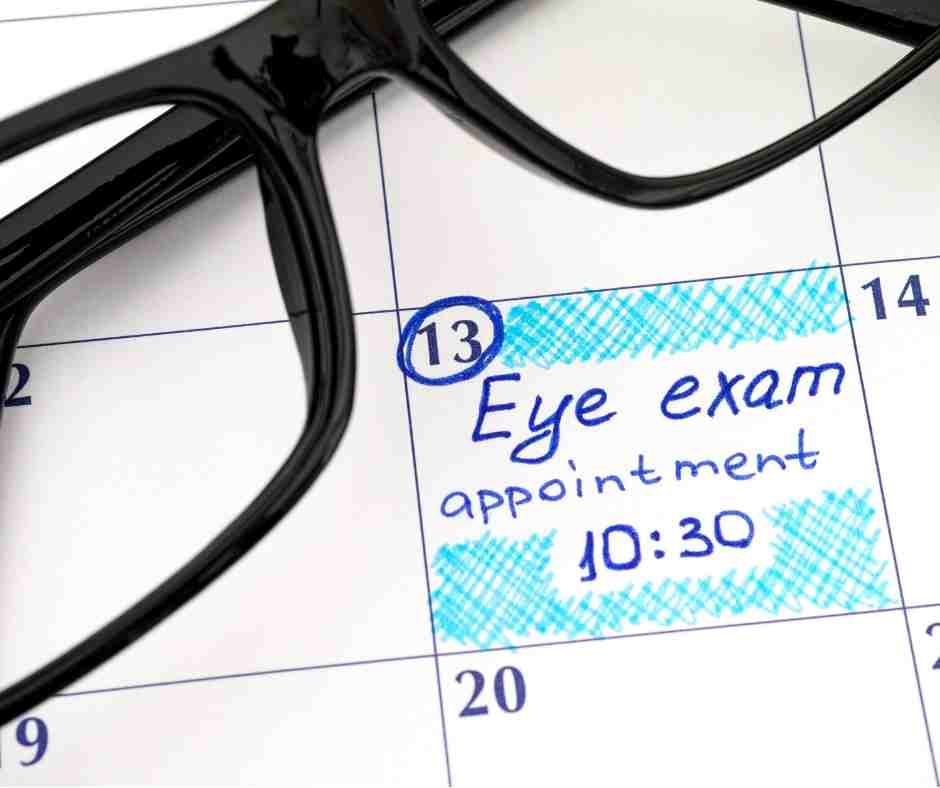
Have you ever wondered what the technician or doctor is doing during your eye exam? Hopefully, this blog is able to answer those questions for you.
History
The exam starts by gathering information about both your eyes and general health. We will want to know if you are having any eye or vision issues currently. You are also asked to report if there is a history of eye or medical conditions both in your past and in your family. Any medications that you are currently taking will be documented. You will be asked if there are any allergies that you have. This baseline information gives the doctor a frame of reference for what has happened in the past, what is currently causing a problem and what you may be at risk for developing.
Visual Acuity
The technician or doctor will access your level of vision both for things far away and up close. If you wear glasses or contact lenses, your vision will be tested both with and without those corrective devices. The power of your current prescription will be determined with a special instrument that can measure the focusing power of glasses.
Eye Motility Testing
The technician or doctor will access your ability to move your eyes up and down and left to right. As they observe these eye movements they will observe how well the eyes are moving in unison. They will also access how well your eyes align when looking at an object.
Pupil Testing
The doctor or technician will see how each pupil reacts to light that is directly shined in the eye as well as how the pupil reacts when light in shined in the other eye.
Visual Field Testing
The technician or doctor will access the status of your peripheral vision in each eye individually. This is grossly done having the patient look straight forward and the tester having the patient tell him or her how many fingers are being held up in the patient’s periphery. If there is a medical reason, such as glaucoma, it can be evaluated more thoroughly with a specialized machine.
Refraction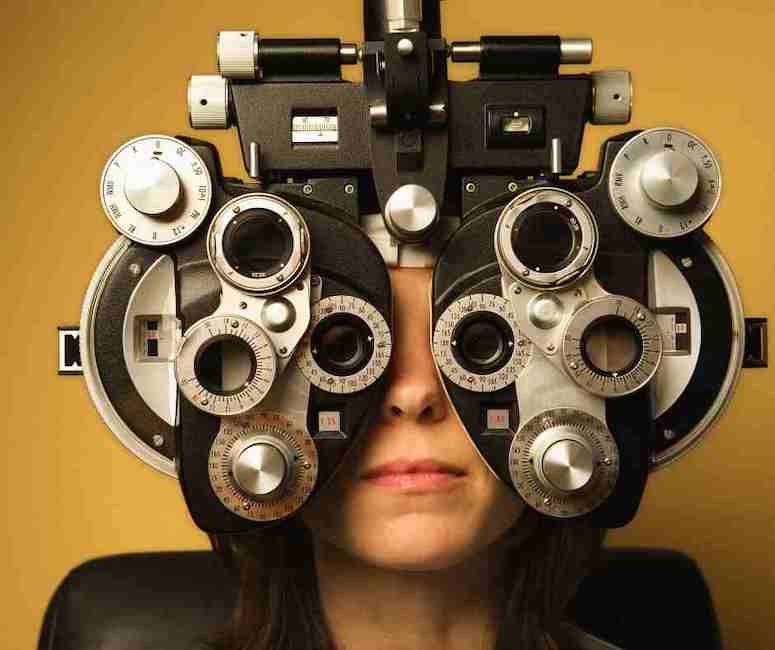
This is when the instrument with all the dials is placed in front of your face and you are asked “which lens is better...1 or 2”. During this test your level of nearsightedness, farsightedness and astigmatism are being determined. This is what your lens prescription is based on.
Intraocular Pressure
This is the measurement of the pressure within the eye. It can be measured in a few different ways. The most accurate way is with Goldman applanation, which involves placing a yellow dye onto the eye via an eye drop and using a blue light through a special prism to measure the pressure. There is also and instrument called a Tonopen that can be used or the “air puff test”, non-contact tonometer.
Slit Lamp Examination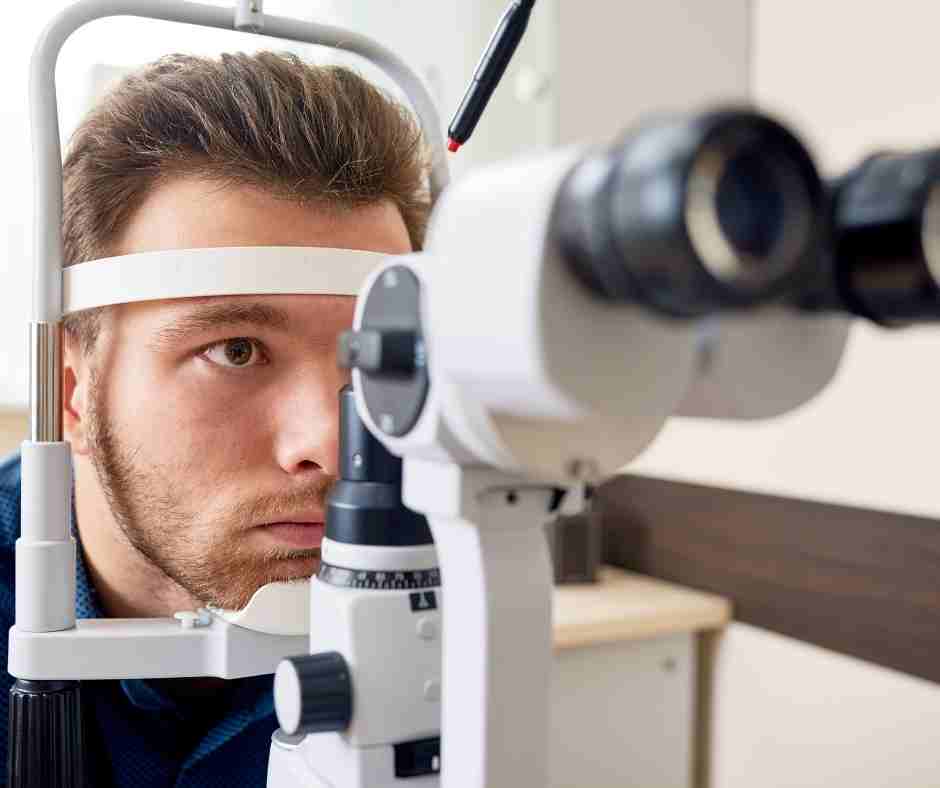
This is where you put your chin up to the microscope in the exam room and doctor will look at the front of the eye. They will look at the eyelids and lashes. The cornea, the clear tissue over the colored part of the eye, is examined. The tear film that coats the eye is evaluated. The white part of the eye, the sclera, and the clear tissue above it called the conjunctiva are examined. The anterior chamber, which is the area between the cornea and the colored part of the eye, is examined. The iris is examined. The crystalline lens, which sits directly behind the iris, can also be examined through the pupil...although it is more completely examined through a dilated pupil.
Dilated Fundus Examination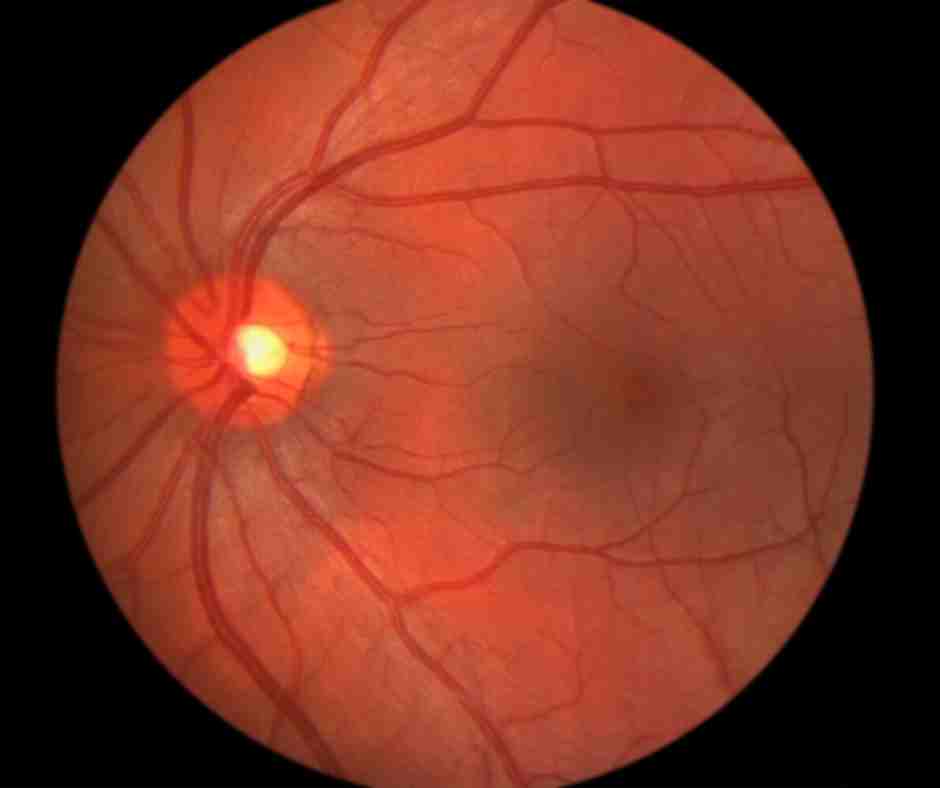
By dilating the pupil, the doctor is provided a better view to examine the crystalline lens while the patient sits up to the microscope (slit lamp). The doctor will also use magnifying lenses to exam the optic nerve, which is the nerve in the back of the eye that transports visual information from the eye to the back of the brain. The retina, which is the tissue that lines the back of the eye, is examined. The retina is the part of our eye onto which the light rays are focused. The doctor will also examine the vitreous, which is the jellylike substance that fills the back two thirds of the eye. During this portion of the exam, the doctor will put the headset on to better examine the periphery of the retina for any irregularity. This headset is called a binocular indirect ophthalmoscope, BIO.
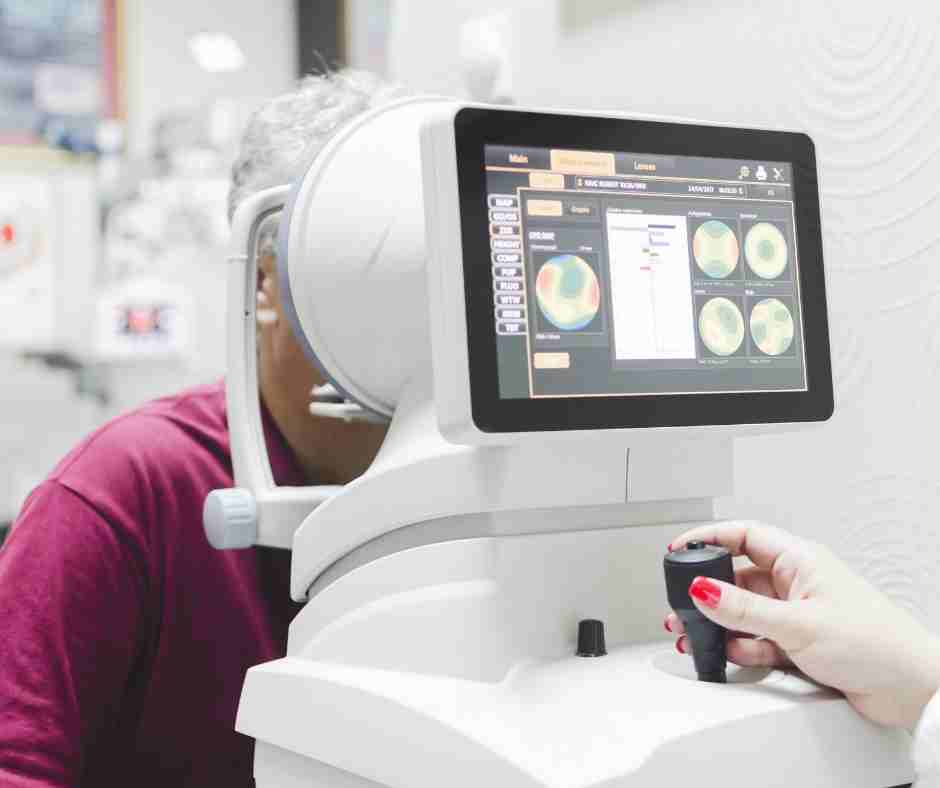 As you can see, there is a lot that goes into a comprehensive eye examination. If required, there are specialized tests that can be ordered to provide additional information for your doctor as he or she manages your ocular health.
As you can see, there is a lot that goes into a comprehensive eye examination. If required, there are specialized tests that can be ordered to provide additional information for your doctor as he or she manages your ocular health.
The doctors at Summit Eye Center are available to care for your eye needs. Their practice focuses on the medical and surgical management of the eye. This involves the treatment of dry eye and corneal conditions, cataracts, glaucoma, macular degeneration and numerous other conditions. To schedule an eye exam, call 816-246-2111 or email
